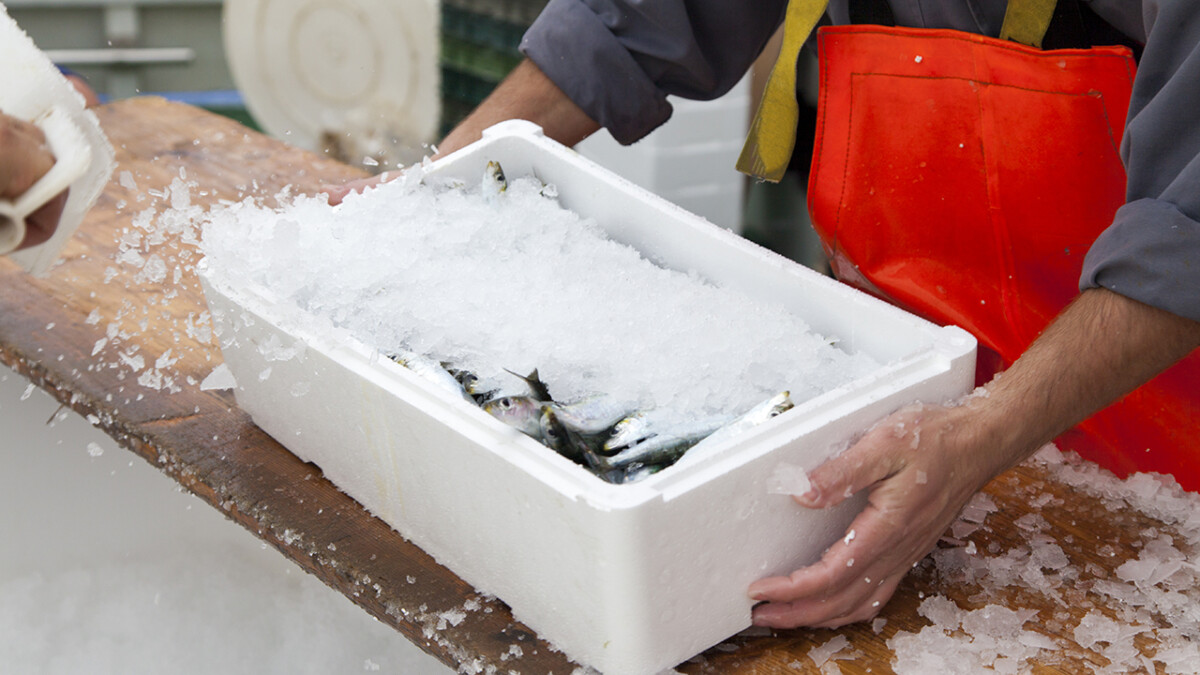Frostbite is not a health condition limited to severe weather conditions. The healthcare teams at Burn and Reconstructive Centers of America (BRCA) treat all mechanisms of cold injury ranging from botched cryotherapy procedures to ice packs and meat lockers. It is important to understand that frostbite can occur outside of nature, and it is possible those developing frostbite might not feel it happening. To help prevent the development of frostbite or complications from the cold, here is some information on the cold burn everyone should know to stay safe outdoors and after procedures.
What are common mechanisms of frostbite?
While most may think you can only get frostbite while walking around barefoot in the winter or being exposed to extremely low temperatures, these beliefs are false. Frostbite and frostnip can develop in seemingly mundane settings, even in the warmest climates. Cold burns may develop after:
- Cryotherapy used in plastic surgery and dermatological procedures
- Meat lockers or industrial freezers
- Icepacks
- Cold weather without proper clothing or gear
- Contact with dry ice
- Contact with liquid nitrogen or other chemicals
What can increase your risk of frostbite?
Some pre-existing conditions can negatively impact your health and increase your risk of frostbite. Most of these conditions involve poor circulation, reducing the blood flow to the body’s periphery, including the fingers, toes, hands and feet. Along with those appendages, the ears, nose, cheeks and genitalia are also high-risk areas for frostbite due to the absence of fat that insulates most other body parts. The pre-existing conditions and bad habits that may affect your risk of developing frostbite include:
- Drinking alcohol, which reduces the body’s ability to regulate heat
- Smoking, which negatively affects the cardiovascular system and the body’s ability to heal
- Diabetes, which negatively affects the cardiovascular system and the body’s ability to heal
- Age (infants and seniors), which can negatively impact the body’s ability to regulate heat
- Most cardiovascular conditions, including high blood pressure, peripheral vascular disease, poor circulation, Raynaud’s disease, etc., can negatively affect the body’s ability to deliver blood and nutrients and regulate heat
- Being wet and out in the cold (always be in dry clothes)\
How long does it take to get frostbite?
The onset or development of frostbite and frostnip can occur within minutes to hours, depending on a variety of factors. Whether someone has alcohol in their system, is appropriately dressed for the weather or has a health condition can all affect how quickly frostbite occurs. So, how long does it take to get frostbite? That all depends on your health, the environment you’re in and the temperature of the cold object or environment.
At what temperature can you get frostbite? This is another answer that can change depending on the factors above. However, there is a baseline at which frostbite can occur. Humans are 45-75% water. If the freezing temperature of water is 32° F/0° C, that means we can technically start freezing around that same temperature, which is why placing icepacks directly onto the skin is so dangerous. If left on the skin, items from the freezer may begin to cause frostnip or frostbite in less than an hour. Some estimate onset can start within 10 minutes depending on pre-existing conditions, the temperature of the frozen item and whether or not it is placed directly on the skin.
Chemicals such as nitrogen (-320° F/-196° C) or dry ice (-109.8° F/-78.5 °C) may significantly alter these estimates and potentially create a medical emergency in seconds. Because of this, it is important to always consider occupational safety precautions when working with or around dangerous chemicals.
If you’ve suffered frostbite, what should you do next?
Frostbitten areas should not be thawed if the conditions of the situation do not allow them to remain thawed. Should re-freezing occur, further damage to the veins, arteries and tissues is highly likely, increasing the risk of amputation. If the area can be thawed and remain thawed, it should be done slowly with tepid or slightly warm water. If you can help it, avoid thawing the area with fire or electrical products such as a blow dryer. Thawing the area too quickly may incite further tissue damage and extreme pain. Thawing the frostbitten and numb area near a fire, such as a campfire, is fine as long as it’s at a safe distance from a flame. Frostbite is considered a medical emergency that needs to be treated promptly to salvage tissue and prevent further damage to the area. Please seek medical attention at a specialized burn center, such as BRCA’s nationwide centers, for full-service care and thrombolytic therapy.
Further Information
The specialty of burn care is not relegated to chemical, electrical, friction, thermal and radiation injuries. At BRCA, our team of board-certified surgeons and plastic/reconstruction specialists utilize the most advanced treatment and management of cold injuries, including thrombolytic therapy.
For more information on frostbite and frostnip, click here.
For information on developing frostbite from an icepack, click here.
